Home>Furniture & Design>Outdoor Furniture>Where To Put Outdoor Thermometer
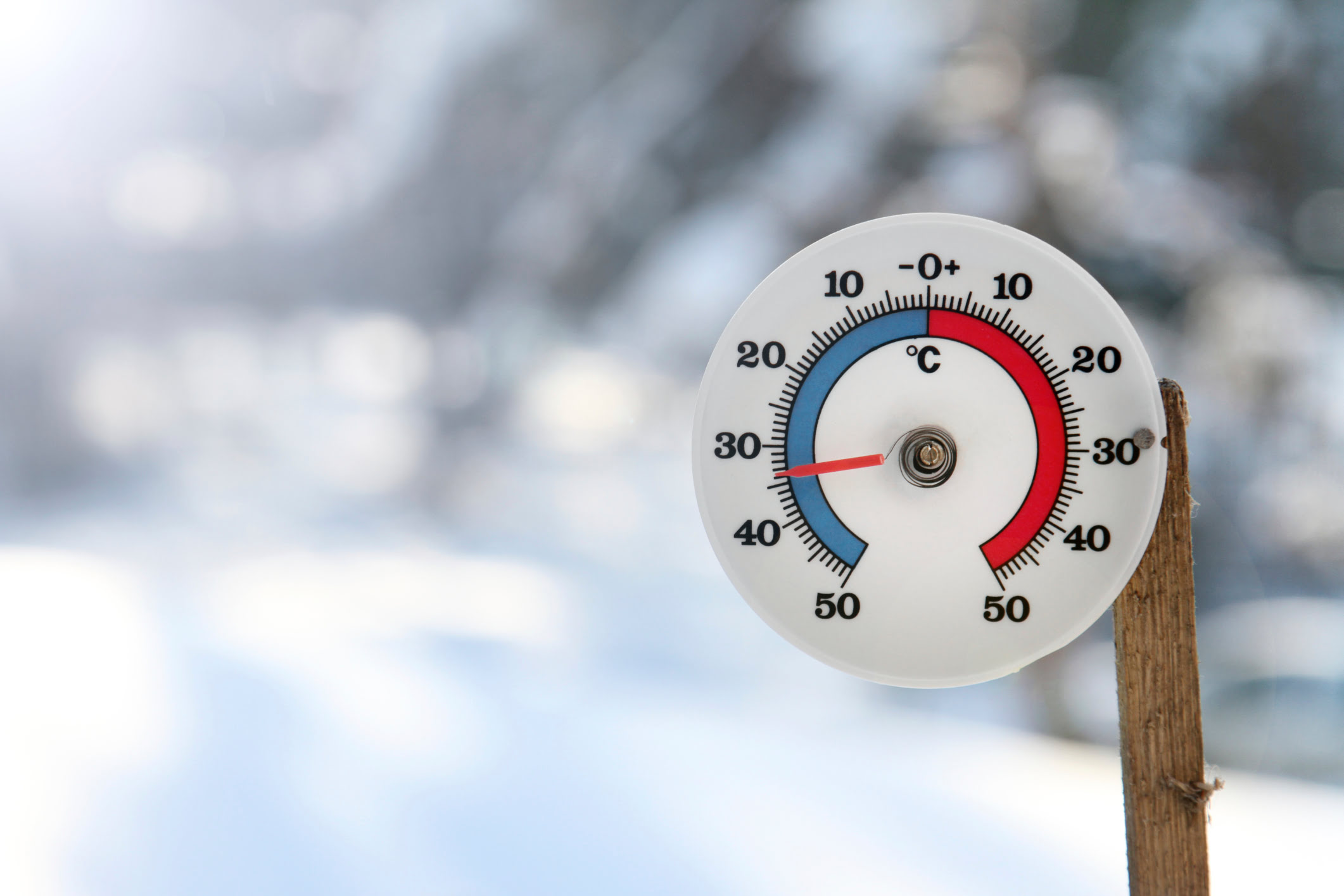

Outdoor Furniture
Where To Put Outdoor Thermometer
Published: January 14, 2024
Discover the best spots to place your outdoor thermometer for accurate readings. Get expert tips on outdoor furniture and design. Explore now!
(Many of the links in this article redirect to a specific reviewed product. Your purchase of these products through affiliate links helps to generate commission for Storables.com, at no extra cost. Learn more)
Introduction
When it comes to enjoying the great outdoors, having an outdoor thermometer can be incredibly beneficial. Whether you're a gardening enthusiast, a weather enthusiast, or simply someone who loves spending time in their outdoor living space, having a reliable outdoor thermometer can provide valuable insights into the ambient temperature. However, the placement of your outdoor thermometer is crucial to ensure accurate readings and long-term functionality. In this guide, we'll explore the factors to consider before placing an outdoor thermometer, the ideal locations for placement, and tips for ensuring accurate temperature readings. By the end of this article, you'll have a comprehensive understanding of where to put your outdoor thermometer for optimal performance and usability. Let's dive in!
Key Takeaways:
- Find a shady, wind-protected spot for your outdoor thermometer to get accurate readings and ensure its longevity. Consider a north-facing wall, a covered patio, or a shaded garden area for optimal performance.
- Keep your outdoor thermometer accurate by regularly calibrating, shading it from direct sunlight, and protecting it from heat sources. Choose a strategic location and follow maintenance tips for reliable temperature monitoring.
Read more: Where To Put Outdoor Cameras
Factors to Consider Before Placing an Outdoor Thermometer
Before deciding on the placement of your outdoor thermometer, it’s important to consider several factors that can impact its functionality and accuracy. By taking these factors into account, you can ensure that your outdoor thermometer provides reliable temperature readings regardless of the conditions. Here are the key factors to consider:
- Exposure to Direct Sunlight: Direct sunlight can significantly affect temperature readings, leading to inaccuracies. It’s essential to avoid placing the thermometer in areas where it will be exposed to prolonged direct sunlight, as this can result in artificially high temperature readings.
- Shelter from Precipitation: To prevent water damage and ensure the longevity of your outdoor thermometer, it’s crucial to place it in a location that offers protection from rain, snow, and other forms of precipitation. This can help maintain its functionality and accuracy over time.
- Proximity to Heat Sources: Placing the thermometer near heat sources such as grills, outdoor fireplaces, or heating vents can lead to inaccurate readings. It’s important to keep the thermometer away from any sources of heat that could skew its temperature measurements.
- Visibility and Accessibility: Consider placing the outdoor thermometer in a location that is easily visible and accessible from your outdoor living areas. This ensures that you can conveniently check the temperature whenever needed, enhancing its practicality.
- Protection from Strong Winds: Exposure to strong winds can impact the thermometer’s ability to accurately gauge the ambient temperature. Select a location that offers some protection from strong gusts, such as a sheltered area or a spot with natural windbreaks.
- Compatibility with Mounting Options: Depending on the type of outdoor thermometer you have, whether it’s a wall-mounted, stake-mounted, or freestanding model, you’ll need to choose a location that is compatible with its specific mounting requirements.
By carefully considering these factors, you can make an informed decision about where to place your outdoor thermometer, setting the stage for reliable and accurate temperature monitoring in your outdoor space.
Ideal Locations for Placing an Outdoor Thermometer
Choosing the right location for your outdoor thermometer is essential for obtaining accurate temperature readings and ensuring its longevity. By selecting an ideal placement, you can maximize the utility of your thermometer while safeguarding it from environmental factors that could compromise its performance. Here are some ideal locations to consider:
- North-Facing Wall: Mounting the thermometer on a north-facing wall can shield it from direct sunlight, minimizing the risk of temperature inaccuracies caused by solar heating. This orientation also provides a stable and consistent environment for temperature monitoring.
- Under a Covered Patio or Awning: Placing the thermometer in a sheltered area, such as under a covered patio or awning, offers protection from rain, snow, and excessive sunlight. This location helps maintain the thermometer’s accuracy and shields it from the elements.
- Shaded Garden Area: If you have a shaded garden or a spot with ample foliage, consider situating the thermometer in this area. The natural shade provided by trees or shrubbery can prevent direct exposure to sunlight, contributing to more reliable temperature readings.
- Close to Outdoor Seating Areas: For convenience and practicality, placing the thermometer near your outdoor seating areas allows easy access for checking the temperature while you relax or entertain guests. This ensures that temperature monitoring seamlessly integrates into your outdoor lifestyle.
- On a Fence or Post: Mounting the thermometer on a fence or post in a location that offers some protection from strong winds can provide a stable and elevated vantage point for temperature observation. Just ensure that the mounting location is secure and stable.
- Near a Water Feature: If you have a pond, fountain, or other water feature in your outdoor space, positioning the thermometer nearby can be advantageous. The evaporative cooling effect from the water can contribute to more accurate temperature measurements.
By considering these ideal locations, you can strategically place your outdoor thermometer to optimize its performance and ensure that it seamlessly integrates into your outdoor environment. This thoughtful placement will enhance the functionality and practicality of your thermometer, allowing you to monitor outdoor temperatures with ease and precision.
Place your outdoor thermometer in a shaded area away from direct sunlight and heat sources, such as air conditioning units or grills, to ensure accurate temperature readings.
Tips for Accurate Temperature Reading
Ensuring the accuracy of your outdoor thermometer’s temperature readings is essential for making informed decisions and gaining valuable insights into your outdoor environment. By following these tips, you can maintain the precision of your thermometer and obtain reliable temperature measurements:
- Regular Calibration: Periodically calibrate your outdoor thermometer to account for any potential drift in accuracy. This can be done by comparing its readings to those of a reliable indoor thermometer and making any necessary adjustments.
- Shading the Thermometer: If your thermometer is exposed to direct sunlight, consider shading it with a small canopy or placing it in a shaded area to prevent solar heating and ensure that it reflects the true ambient temperature.
- Protection from Heat Sources: Keep the thermometer away from heat sources such as grills, fire pits, and heating vents to prevent false temperature readings caused by localized heat sources.
- Regular Maintenance: Inspect the thermometer regularly for any signs of damage, wear, or obstruction. Clear away any debris or obstructions that could interfere with its temperature-sensing capabilities.
- Observe Placement Changes: If you notice significant changes in temperature readings, consider whether any recent changes in the thermometer’s placement or surroundings could be influencing its accuracy, and make adjustments as needed.
- Consider Wind Patterns: Be mindful of the prevailing wind patterns in your outdoor space and how they might impact the temperature readings. Select a location that minimizes the effects of strong winds on the thermometer.
- Positioning for Air Circulation: Ensure that the thermometer is positioned where it can effectively capture ambient air circulation, avoiding areas of stagnant or trapped air that could lead to inaccurate readings.
- Regular Battery Checks: If your outdoor thermometer is battery-powered, regularly check and replace the batteries as needed to maintain consistent and reliable operation.
By implementing these tips, you can uphold the accuracy and reliability of your outdoor thermometer, enabling you to make informed decisions based on precise temperature measurements and enhancing your overall outdoor experience.
Conclusion
Choosing the right placement for your outdoor thermometer is a crucial aspect of maximizing its functionality and ensuring accurate temperature readings in your outdoor space. By carefully considering factors such as sunlight exposure, precipitation protection, and proximity to heat sources, you can select an ideal location that promotes reliable performance. Whether it’s a north-facing wall, a sheltered patio, or a shaded garden area, the ideal placement of your outdoor thermometer can significantly enhance its usability and longevity.
Additionally, incorporating tips such as regular calibration, shading, and protection from heat sources can further contribute to the accuracy of temperature readings, allowing you to make informed decisions based on real-time environmental data. By taking these considerations and tips into account, you can seamlessly integrate your outdoor thermometer into your outdoor lifestyle, whether you’re tending to your garden, monitoring weather patterns, or simply enjoying the natural beauty of your outdoor living space.
Ultimately, the strategic placement and thoughtful maintenance of your outdoor thermometer can enrich your outdoor experiences and provide valuable insights into the ever-changing outdoor environment. With the ability to accurately monitor outdoor temperatures, you can make the most of your outdoor activities while staying informed about the atmospheric conditions that surround you. By leveraging the guidance provided in this article, you can confidently determine the optimal placement for your outdoor thermometer and enjoy the benefits of precise temperature monitoring in your outdoor oasis.
Frequently Asked Questions about Where To Put Outdoor Thermometer
Was this page helpful?
At Storables.com, we guarantee accurate and reliable information. Our content, validated by Expert Board Contributors, is crafted following stringent Editorial Policies. We're committed to providing you with well-researched, expert-backed insights for all your informational needs.
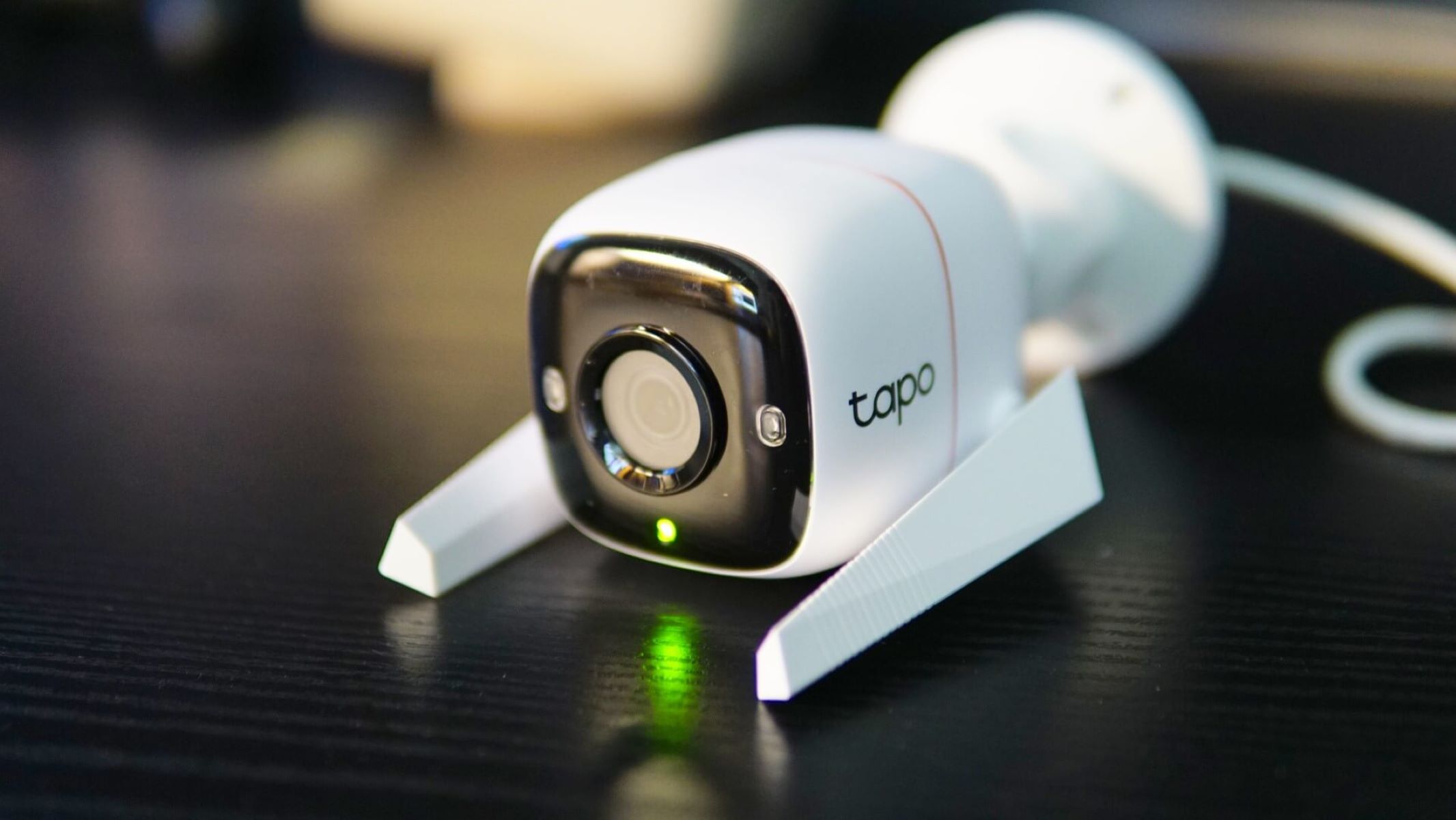
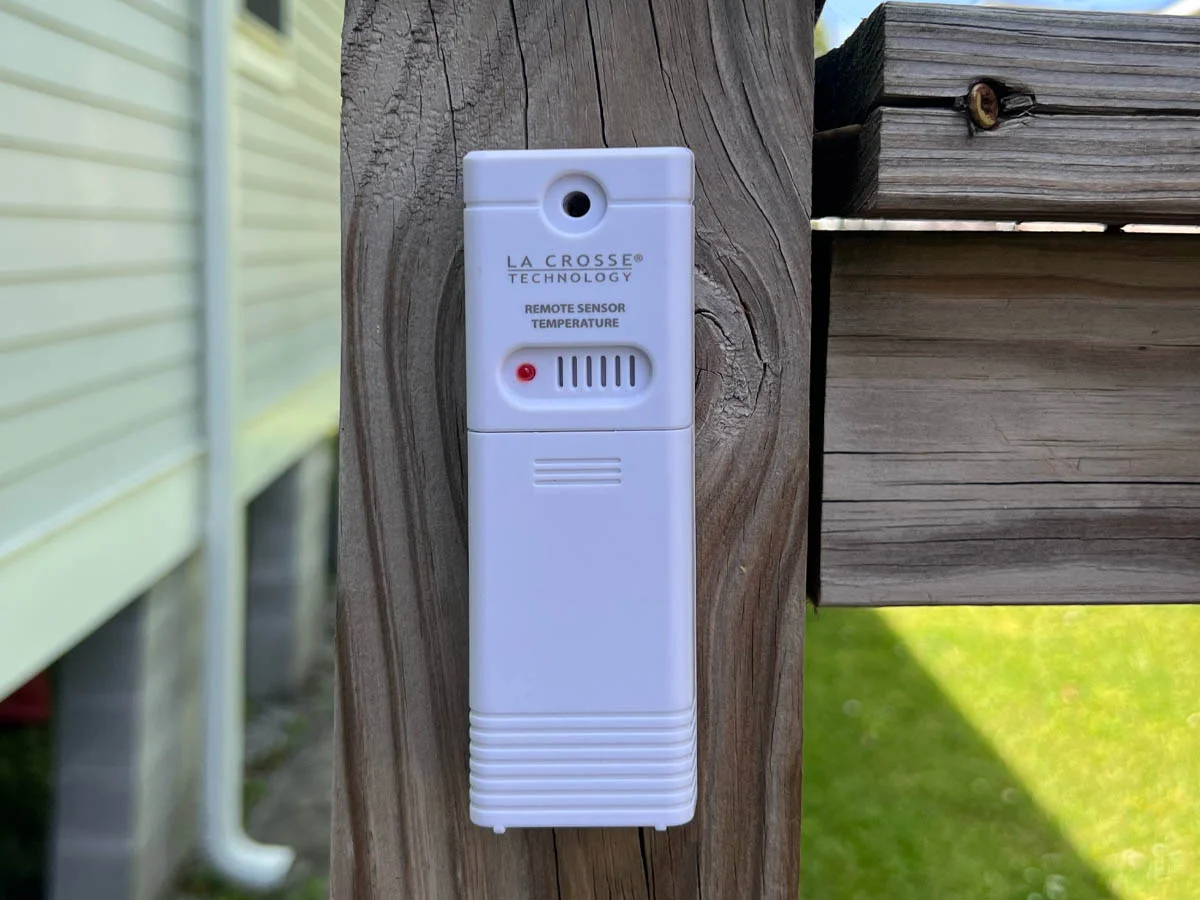
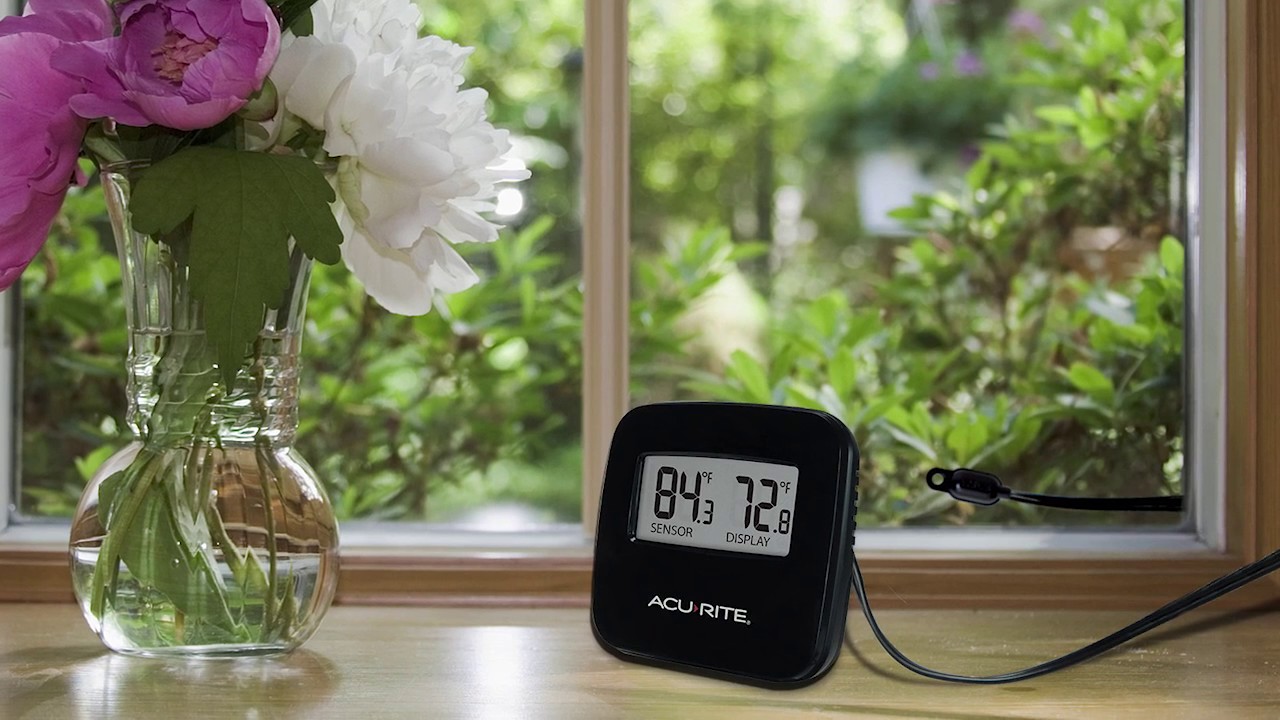
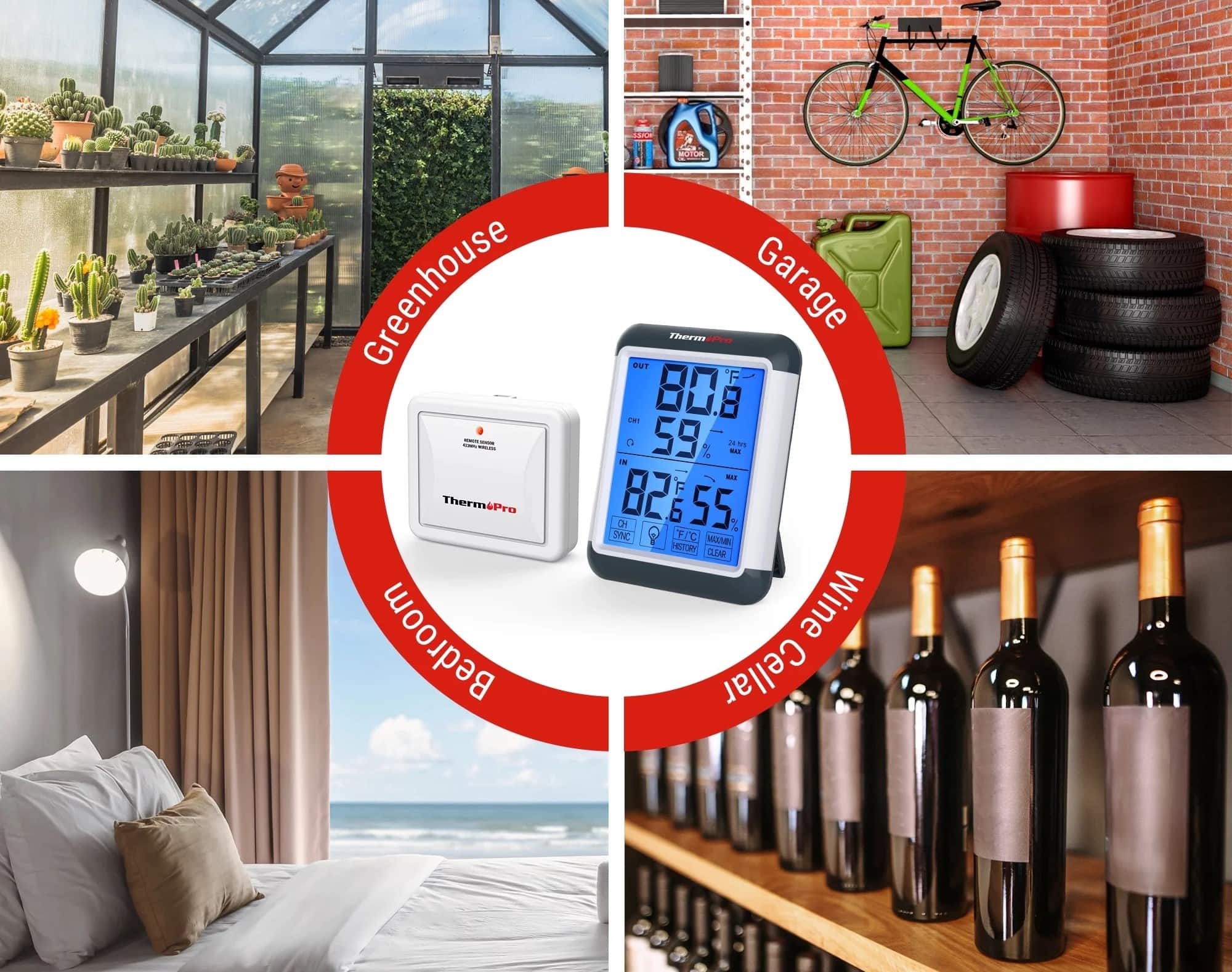
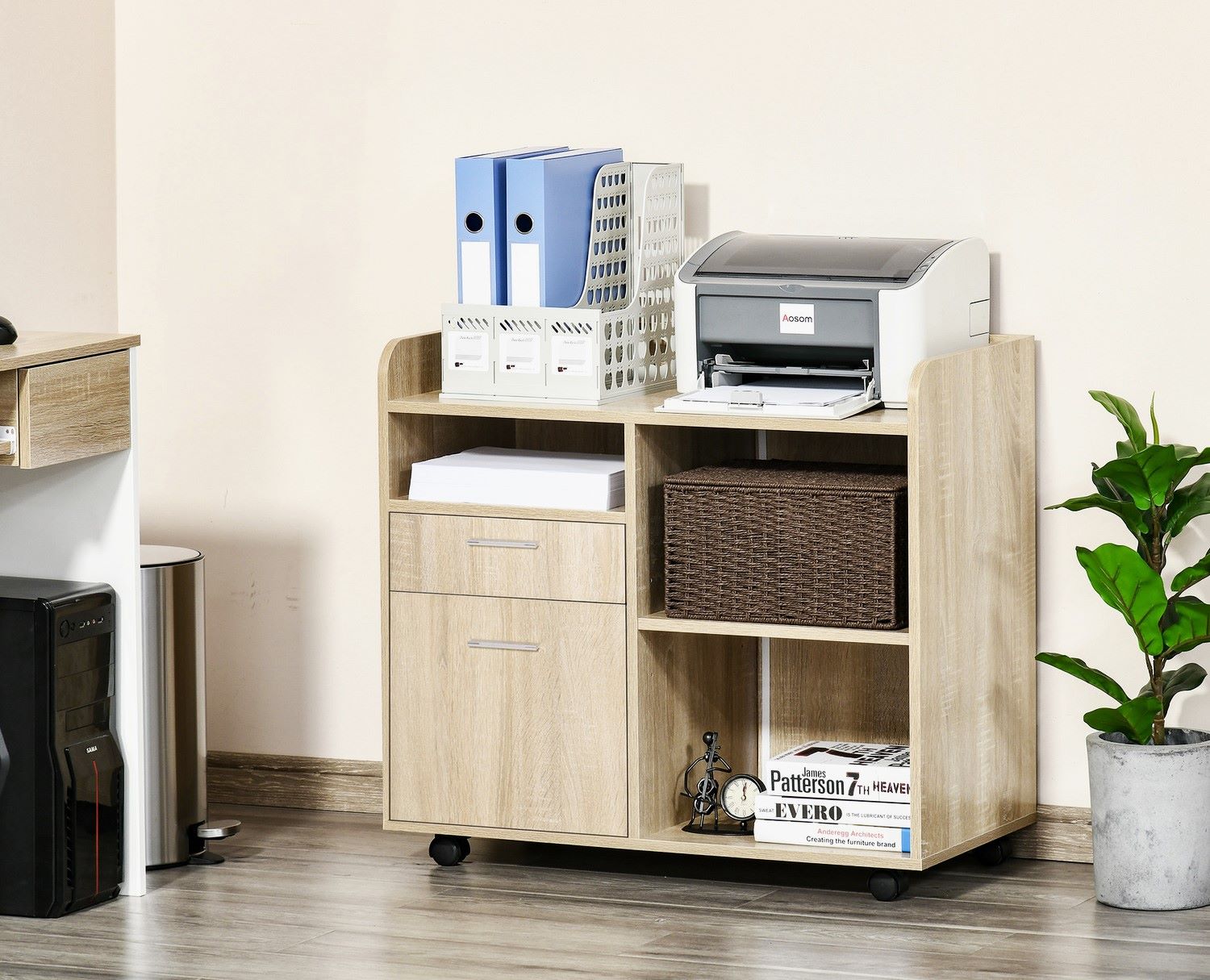
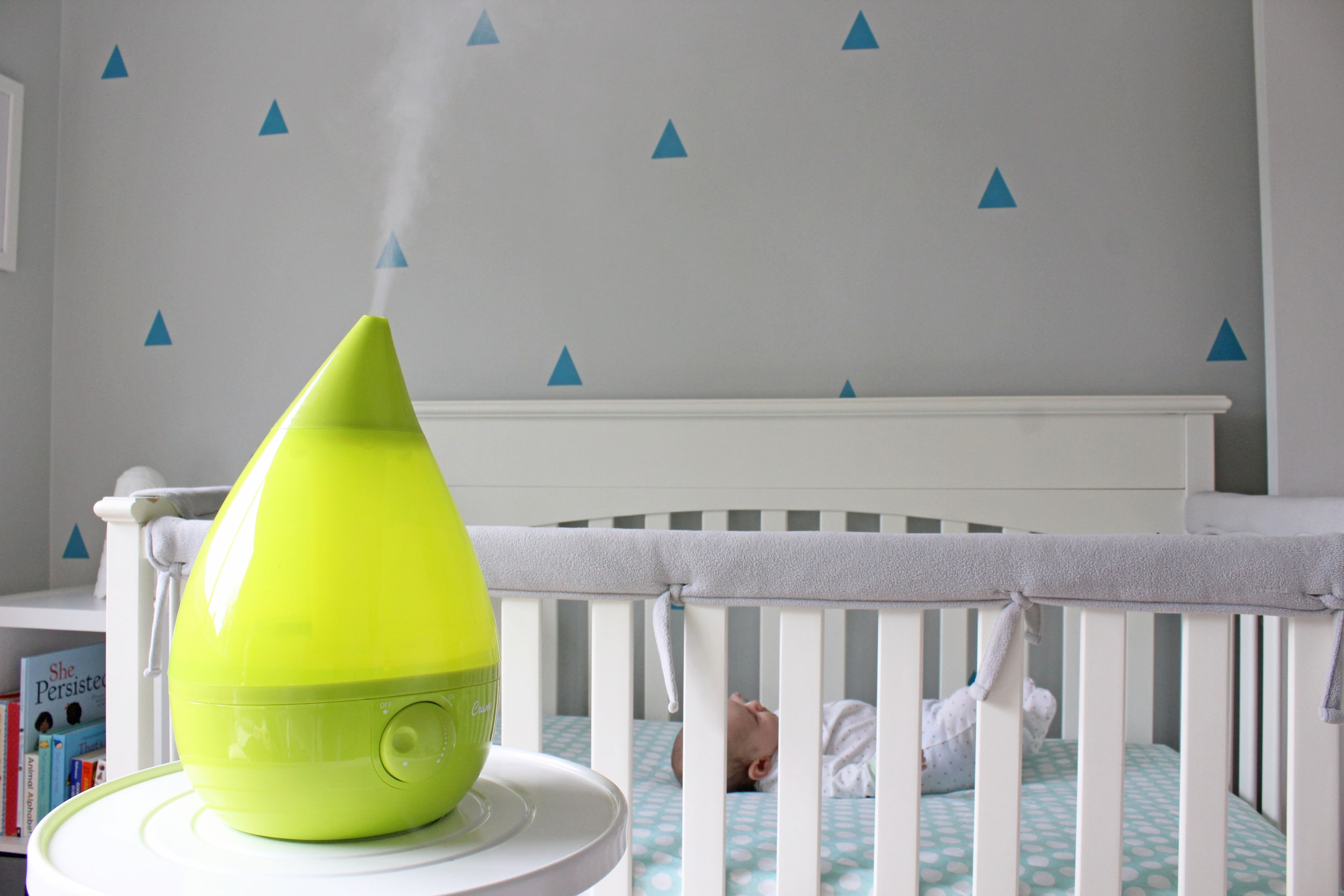

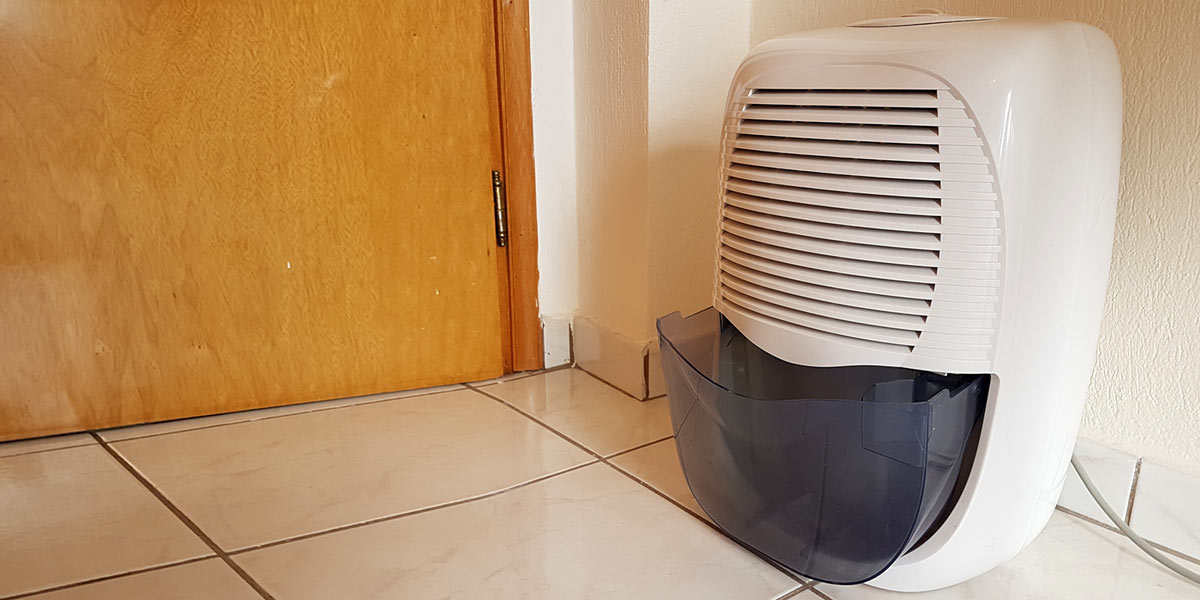
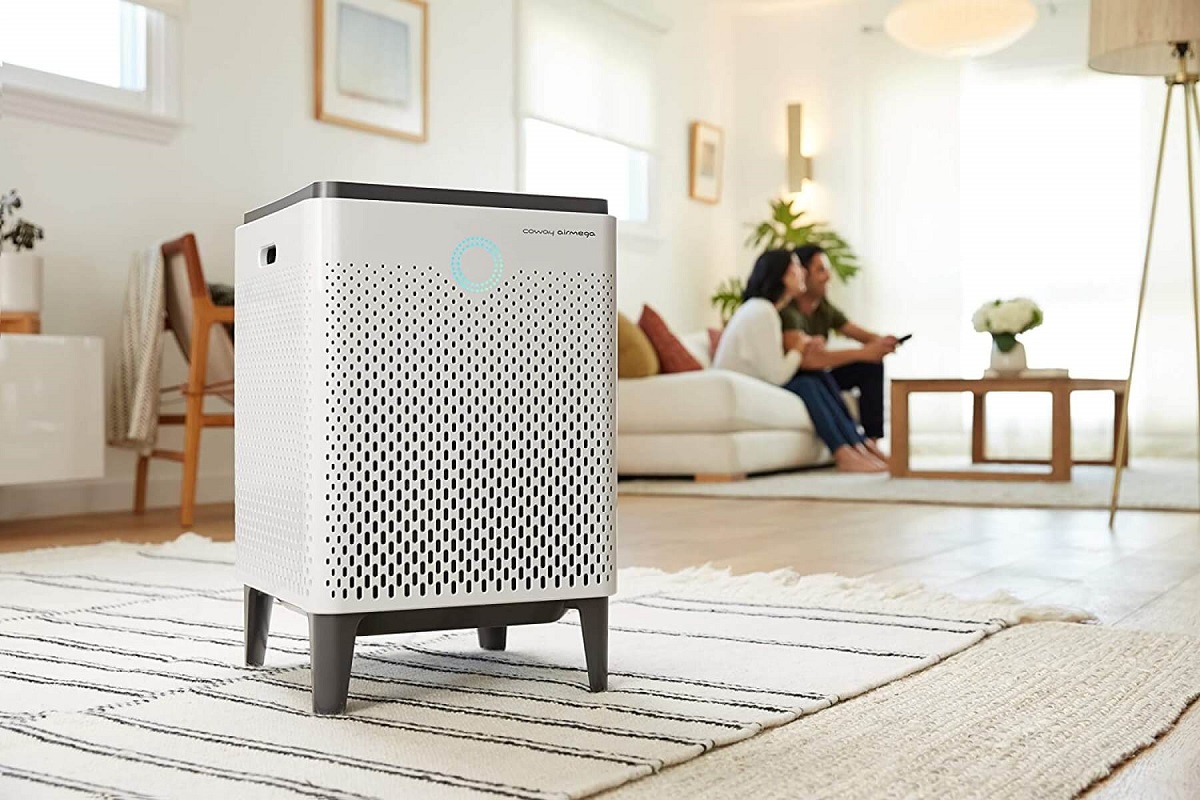
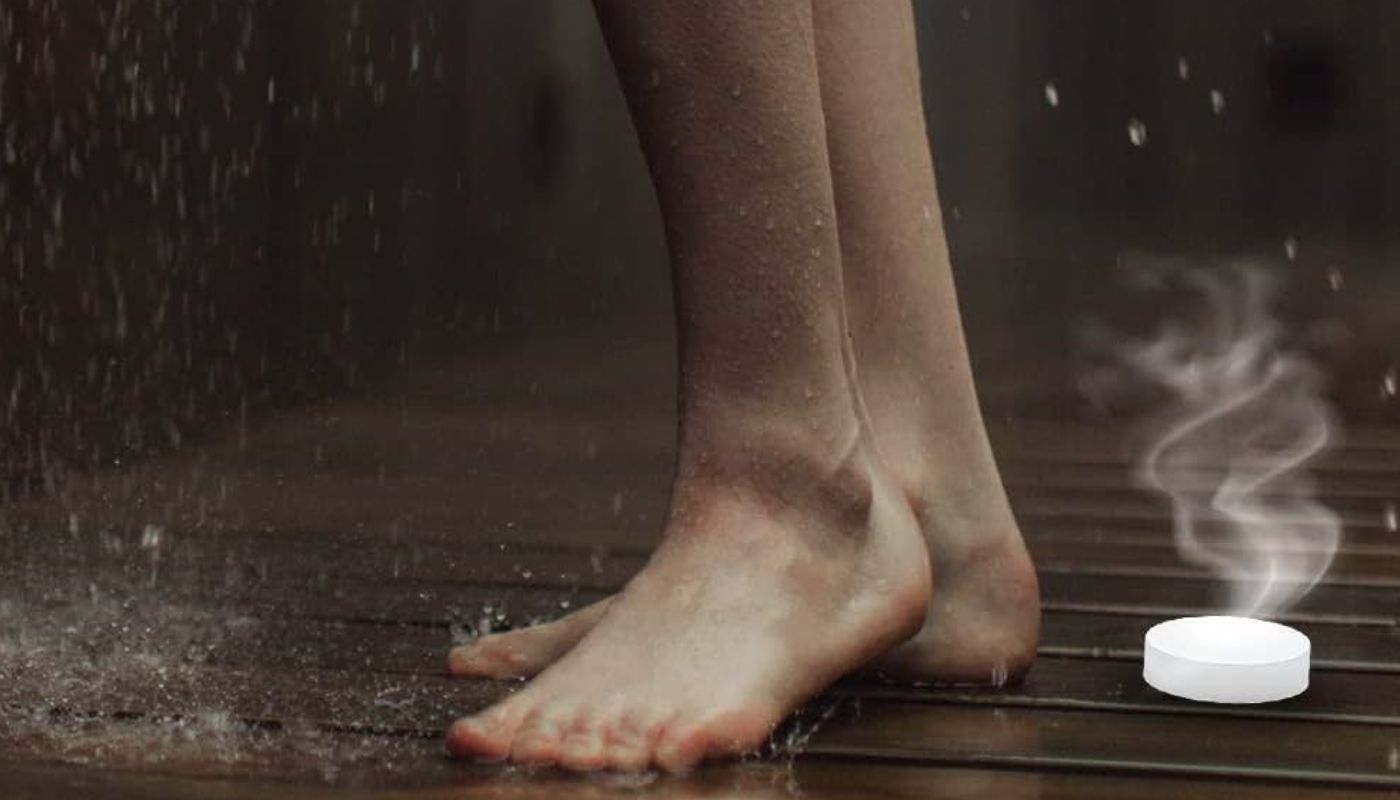


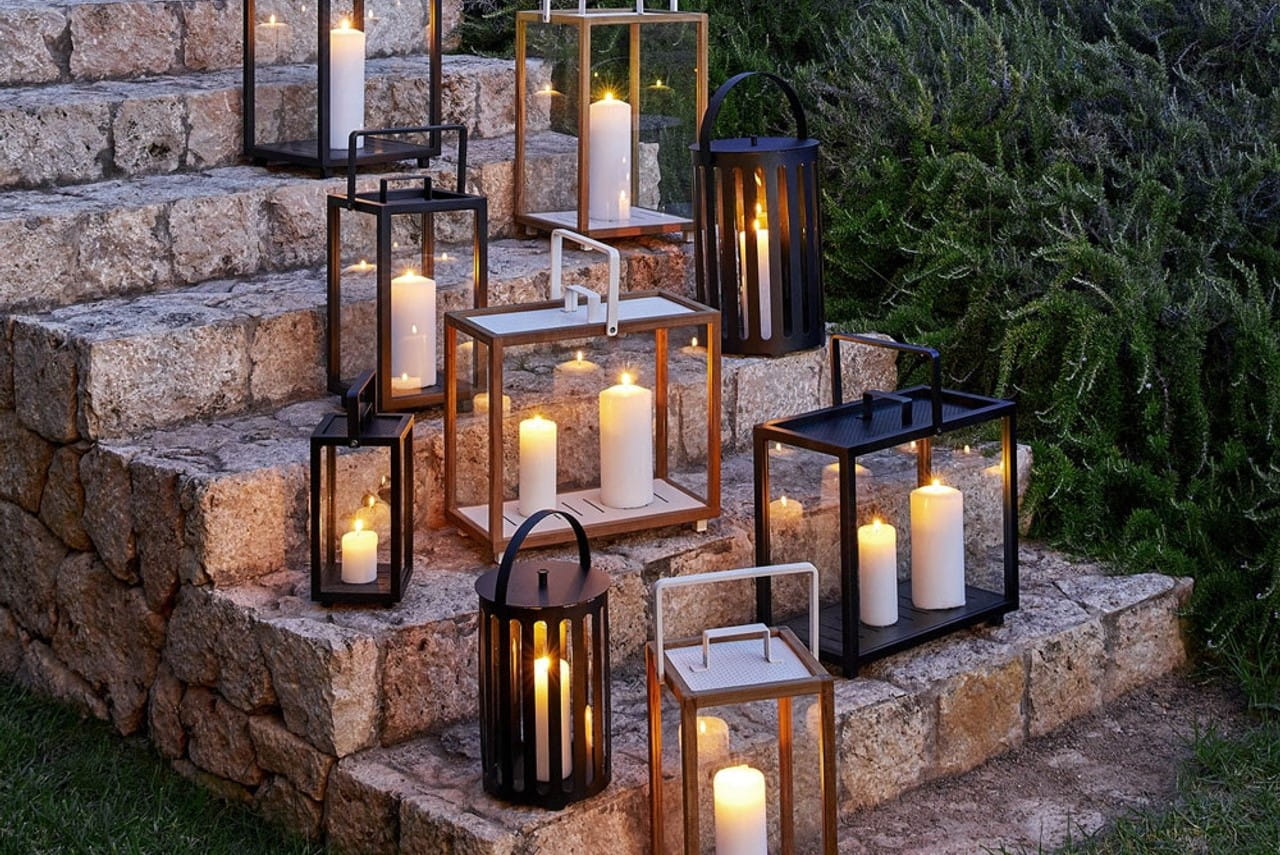
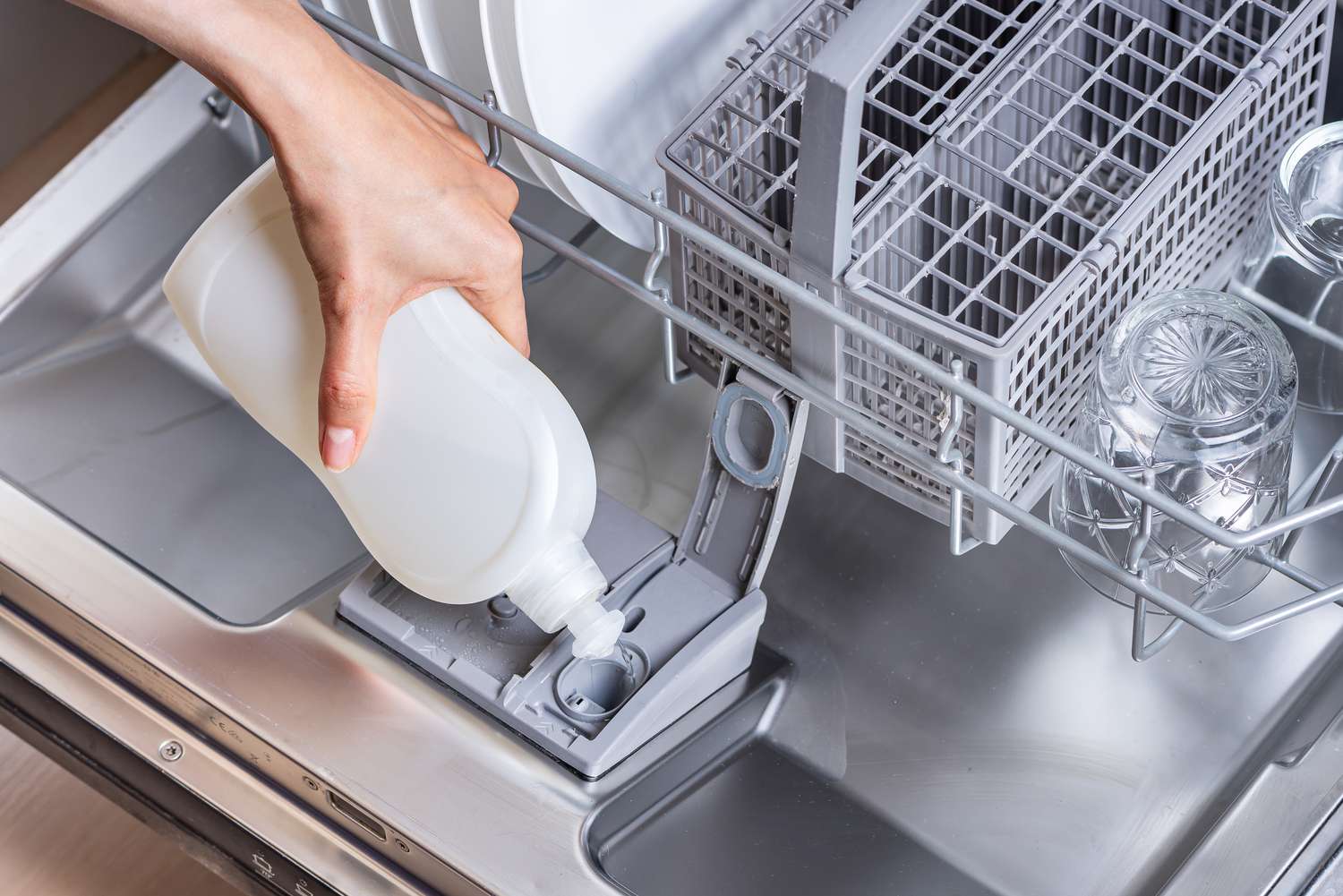
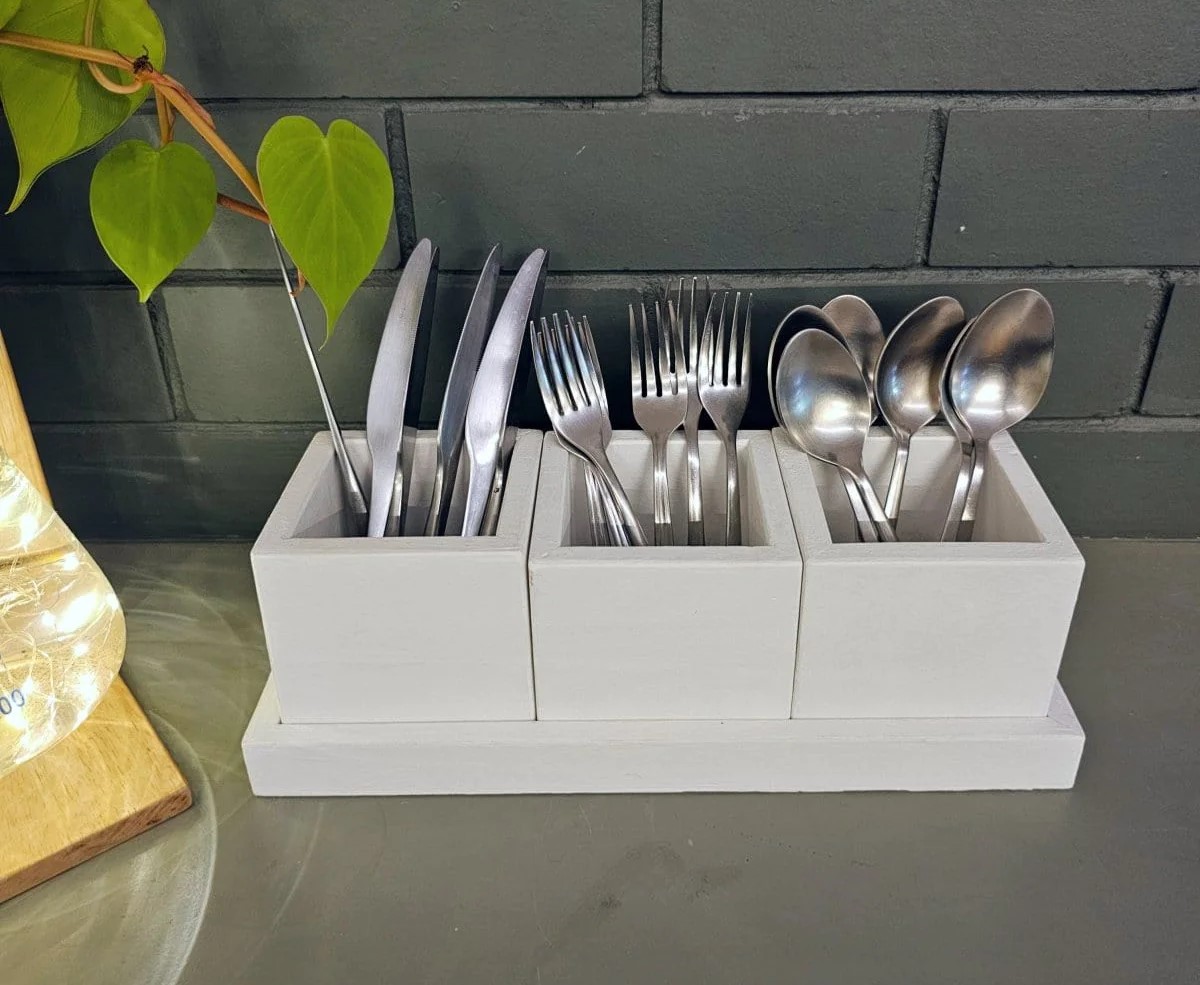

0 thoughts on “Where To Put Outdoor Thermometer”